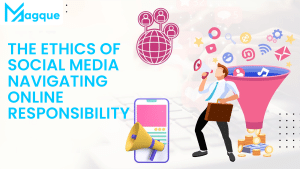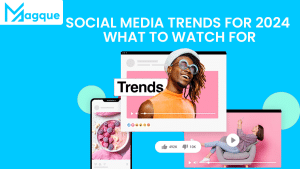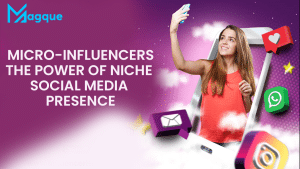Hey there! Have you ever scrolled through your favorite social media platform and encountered someone sporting funky sunglasses or a playful bunny ears filter? You’ve experienced the magic of augmented reality (AR) filters. These whimsical overlays are more than just a fun way to jazz up your selfies; they represent a burgeoning trend captivating users worldwide.
The Allure of AR Filters
Augmented reality filters have taken the digital realm by storm, transforming mundane selfies into interactive experiences. Users can morph their appearance, transport themselves to exotic locations, or even become their favorite animated characters with just a tap. It’s like having a virtual costume box at your fingertips, ready to unleash your creativity with every snap.
The Popularity Surge
What’s driving the meteoric rise of AR filters? It’s a perfect storm of technological innovation and social media culture. Platforms like Instagram, Snapchat, and TikTok have integrated AR features seamlessly into their interfaces, making it effortless for users to access and share these playful filters. As a result, AR filters have become synonymous with online self-expression, fueling a craze that shows no signs of slowing down.
Impact on Social Media
AR filters aren’t just a fad; they reshape how we interact online. From boosting user engagement to driving brand awareness, these digital embellishments offer myriad benefits for businesses and individuals alike. Whether promoting a product launch or fostering community engagement, AR filters have become a powerful tool in the digital marketer’s arsenal.
Trends and Innovations
As technology continues to evolve, so too do AR filters. What started as simple facial overlays has evolved into sophisticated augmented experiences that blur the lines between virtual and reality. From interactive games to immersive brand activations, the possibilities are endless. With advancements in machine learning and computer vision, the future of AR filters is brighter than ever.
Embracing the Future
So, what does the future hold for augmented reality filters? One thing’s for sure: they’re here to stay. As technology becomes more integrated into our daily lives, AR filters will continue evolving, offering new ways to express ourselves and connect with others digitally. Whether you’re a social media specialist or a savvy marketer, embracing the world of AR filters is a surefire way to stay ahead of the curve.
At Magque, we’re passionate about staying at the forefront of digital innovation. From cutting-edge AR filters to immersive brand experiences, we’re here to help you unlock the full potential of augmented reality. Join us on this exciting journey as we explore the endless possibilities of AR filters and their growing popularity in the digital landscape.
FAQs
Q1. What are augmented reality filters?
Augmented reality (AR) filters are digital overlays that users can apply to their photos or videos in real time. These filters augment the user’s appearance or surroundings, adding virtual elements such as masks, animations, or effects.
Q2. How do augmented reality filters work?
AR filters use advanced technologies like computer vision and machine learning to track facial features or environmental cues in real-time. The filter can accurately overlay virtual elements onto the camera feed by analyzing the user’s surroundings, creating an immersive experience.
Q3. Where can I find augmented reality filters?
Augmented reality filters are commonly found on social media platforms like Instagram, Snapchat, and TikTok. Users can access a variety of filters by browsing through the platform’s filter library or exploring filters created by other users.
Q4. Can I create my own augmented reality filters?
Yes, many social media platforms offer users tools and resources to create their AR filters. These platforms often provide templates, tutorials, and developer kits to help users design and implement their custom filters.
Q5. What are some popular uses for augmented reality filters?
AR filters are popular for enhancing selfies, adding a touch of whimsy to photos and videos, and engaging with followers on social media. Businesses also use AR filters for marketing campaigns, product promotions, and brand activations to create interactive experiences for their audience.
Read Also This – The Rise of Augmented Reality in Online Shopping













